ElNico
TPF Noob!
- Joined
- Aug 10, 2017
- Messages
- 109
- Reaction score
- 8
- Can others edit my Photos
- Photos OK to edit
I know that turning the ISO up too much can cause photos to come out grainy; my question is, is this a result of the ISO being too high period (as is implied by the fact that adjusting the ISO instead of the f-stop or shutter speed to compensate for low lighting can result in a grainy image, even though the resulting light level may be good), or does the graininess come from a combination of the ISO and how much light is entering the camera? I ask this because I have some recent grainy images in bright sunlight, where I don't think the brightness of the image is too highin and of itself, and I'm pretty sure the ISO wasn't particularly high.
Suppose I'm shooting while the sun is behind the clouds, and the camera's settings are all good; good brightness, not blurry, not grainy. Then the sun comes out. I adjust the f-stop and/or the shutter speed such that the image is not TOO bright, but still on the bright side of what is good. Do I need to worry about turning down the ISO purely for the sake of reducing graininess, even though the image wasn't grainy before with the current ISO when the lighting was lower?
Thanks all.
Suppose I'm shooting while the sun is behind the clouds, and the camera's settings are all good; good brightness, not blurry, not grainy. Then the sun comes out. I adjust the f-stop and/or the shutter speed such that the image is not TOO bright, but still on the bright side of what is good. Do I need to worry about turning down the ISO purely for the sake of reducing graininess, even though the image wasn't grainy before with the current ISO when the lighting was lower?
Thanks all.


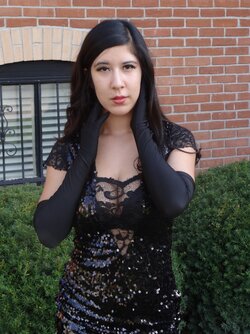
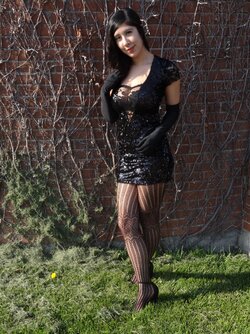
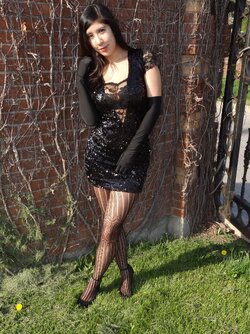
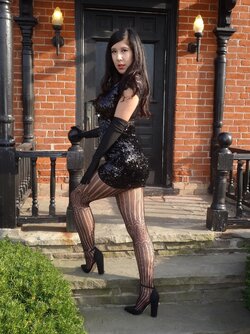
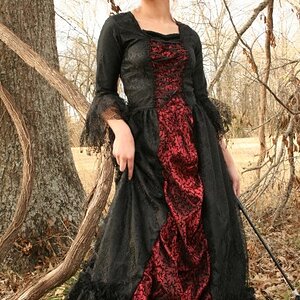
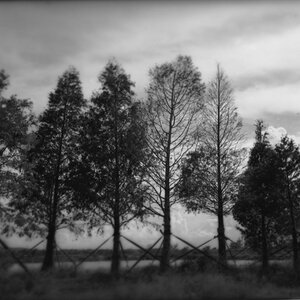
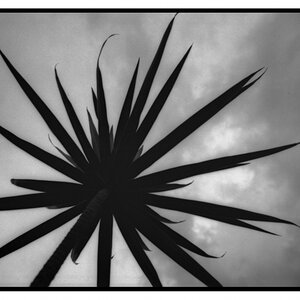
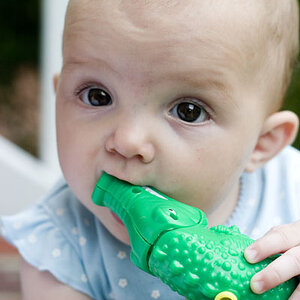
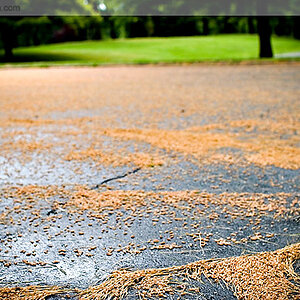
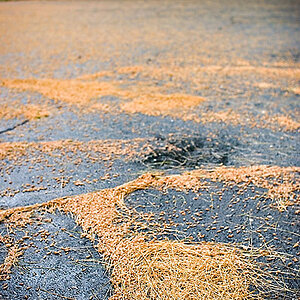
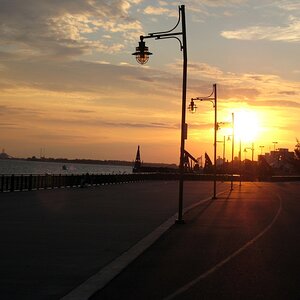
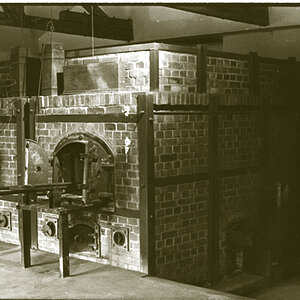
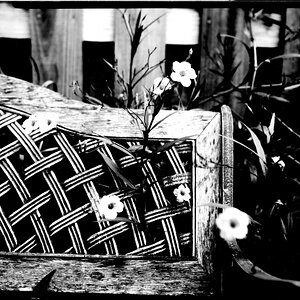
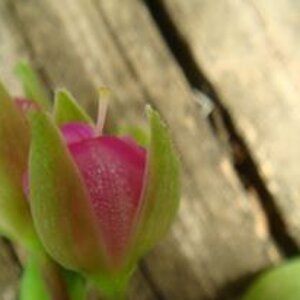

![[No title]](/data/xfmg/thumbnail/41/41780-5efe87aed04575de7c09b065d70763ae.jpg?1619739890)